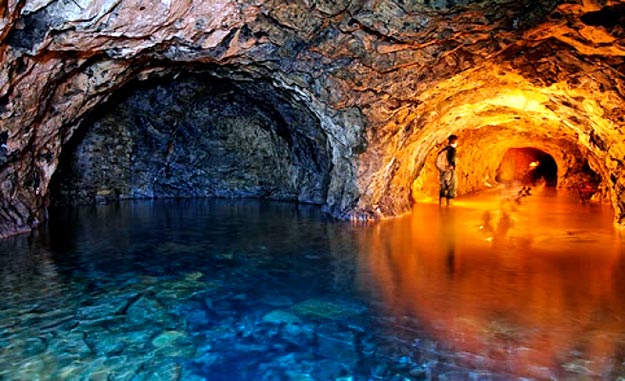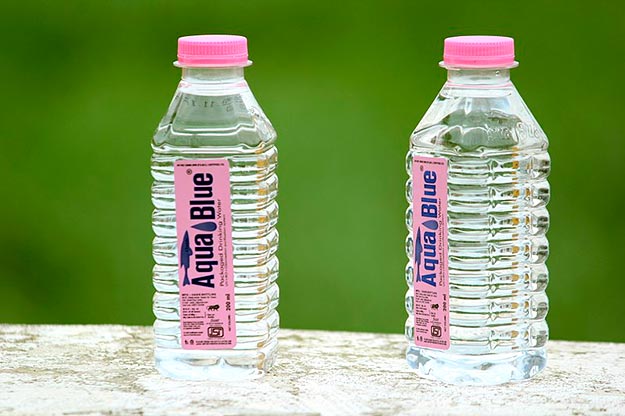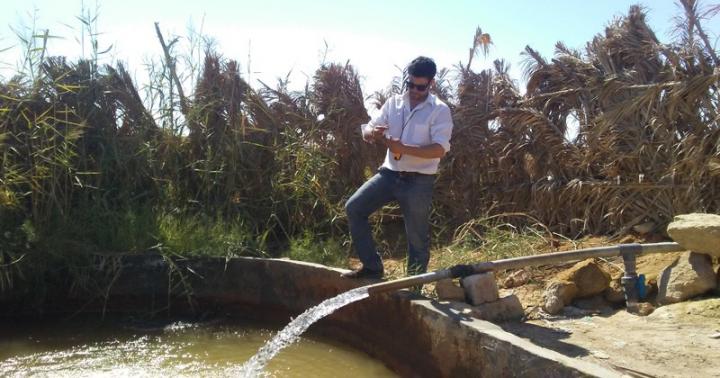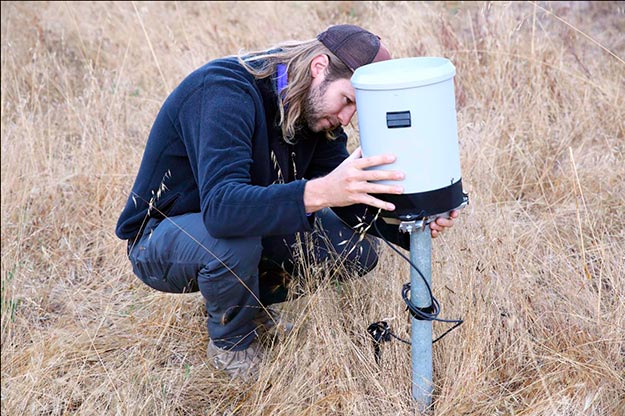Scientists have used satellite data to monitor underground water reserves in California’s Silicon Valley, discovering that water levels rebounded quickly after a severe drought that lasted from 2012-15.
The research points to the success of aggressive conservation measures. It also helps to lay the groundwork for low-cost monitoring of subterranean water reserves in California and elsewhere in the world.
Underground stockpiles of water — housed in layers of porous rock called aquifers — are one of the world’s most important sources of drinking water. They sustain human populations in places from Silicon Valley to Beijing. Some 2.5 billion people on Earth rely on aquifers for water, and many of these repositories are being drained more quickly than they can be refilled, according to the United Nations Educational, Scientific and Cultural Organization. Read more






